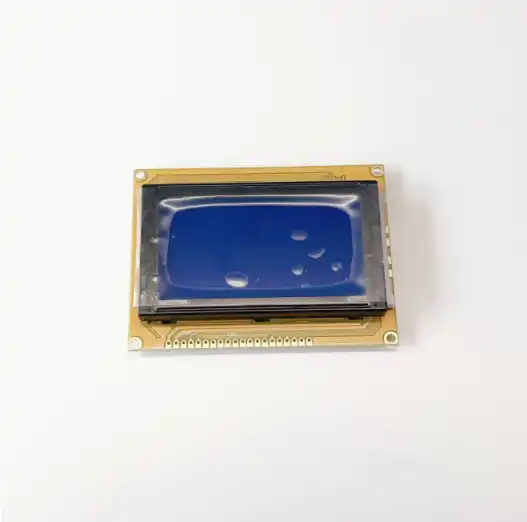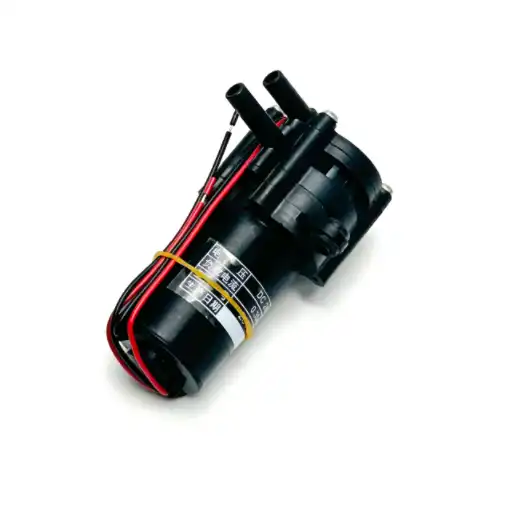What technologies does a vending machine with camera use?
2024-09-05 16:25:46
From being merely mechanical devices that dispense goods when coins are inserted, vending machine with camera have come a long way. In order to enhance the user experience, security, and functionality of modern vending machines, sophisticated technologies are incorporated. The integration of computer vision systems and cameras is a significant development.
RFID, gravity sensors, static visual recognition, and dynamic visual recognition are some of the key technologies discussed in this article that are utilized in cameras-equipped vending machines.
RFID Technology
Modern cameras-equipped vending machine with camera rely heavily on the technology known as radio-frequency identification (RFID). RFID uses electromagnetic fields to identify and follow tags attached to objects automatically. RFID tags are frequently utilized in vending machines to monitor product availability and inventory control.
The RFID tag on a product allows the vending machine to detect its presence and movement.
This makes it possible to track inventory in real time, eliminating the need for manual stock checks.
Additionally, RFID technology can assist in preventing product theft and unauthorized access.
Furthermore, cashless payment systems can make use of RFID. RFID-enabled cards and devices make it easier for customers to make purchases and eliminate the need for cash handling.

Gravity Sensor
Gravity sensors, also known as accelerometers, play a vital role in vending machine with camera with cameras. These sensors detect changes in orientation and movement, which is particularly useful for ensuring proper product dispensing and preventing theft attempts.
In a vending machine, gravity sensors can detect when a product falls from its slot during dispensing. This information is used to confirm successful delivery to the customer. If a product fails to drop, the machine can attempt to dispense it again or notify the user of an issue.
Additionally, gravity sensors can detect unusual movements or tilting of the machine, which may indicate attempted theft or vandalism. This triggers alerts to the machine operator or security personnel, enhancing overall security.
Static Recognition
Static recognition is a computer vision technology used in Vending Machine Camera with cameras to identify and analyze stationary objects. This technology is primarily used for inventory management and product identification.
Using high-resolution cameras and image processing algorithms, static recognition can: 1. Identify products based on their appearance, size, and shape 2. Verify that products are correctly loaded in their designated slots 3. Detect when a product is running low or out of stock 4. Ensure that products are properly oriented for dispensing
Static recognition enhances the accuracy of inventory tracking and reduces the likelihood of dispensing errors. It can also help identify misplaced or unauthorized products, improving overall machine management.
Dynamic Visual Recognition
Dynamic visual recognition takes computer vision in vending machines a step further by analyzing moving objects and changes in the visual field. This technology is crucial for monitoring the dispensing process and ensuring customer satisfaction.
Key applications of dynamic visual recognition in vending machines include: 1. Tracking product movement during dispensing 2. Detecting successful product delivery to the collection area 3. Identifying obstructions or jams in the dispensing mechanism 4. Monitoring customer interactions with the machine
By accurately tracking the dispensing process, dynamic visual recognition can confirm that customers receive the correct products and help resolve any issues that may arise during vending operations.
Moreover, this technology can be used to analyze customer behavior and preferences, providing valuable insights for product placement and marketing strategies.
Vending Machine Camera Supplier
Selecting the right Vending Machine Camera supplier is crucial for ensuring the effectiveness and reliability of your machine's vision system. When choosing a supplier, consider factors such as camera resolution, durability, compatibility with various vending machine systems, and after-sales support.
One notable supplier in the market is Topping Motor, which offers vending machine cameras suitable for multi-system equipment. Their cameras are designed to integrate seamlessly with various vending machine technologies, including RFID, gravity sensors, and computer vision systems.
Topping Motor's vending machine cameras are known for their high resolution and ability to operate in various lighting conditions, making them suitable for both indoor and outdoor vending applications. Their cameras can support both static and dynamic visual recognition, enhancing the overall functionality of vending machines.
When selecting a vending machine camera supplier, it's essential to consider your specific needs and the compatibility of the camera with your existing or planned vending machine systems. Topping Motor offers consultation services to help determine the most suitable camera solution for your vending machine applications.
In conclusion, modern vending machines have evolved significantly by incorporating a variety of advanced technologies that enhance functionality, security, and user experience. RFID technology plays a crucial role by enabling efficient inventory tracking and facilitating cashless payments, which streamline the purchasing process and reduce the need for physical cash handling. Gravity sensors are essential for ensuring that products are dispensed correctly and for detecting any potential tampering or security threats, thereby maintaining the integrity of the vending machine.
Static recognition technology improves inventory management and product identification by using fixed cameras to monitor the stock levels and ensure that the displayed items match those available for purchase. This reduces errors and enhances the accuracy of the vending machine's inventory data. Meanwhile, dynamic visual recognition systems offer real-time monitoring of the dispensing process and customer interactions. These systems use cameras to track the entire transaction, from product selection to delivery, helping to prevent fraud and improve the overall user experience.
Together, these technologies create a sophisticated vending solution that not only increases operational efficiency but also provides a seamless and secure experience for users. This integration of RFID, gravity sensors, static, and dynamic recognition technologies represents a significant advancement in the vending industry.
These technologies work together to create smarter, more efficient vending machines that can adapt to changing consumer needs and provide valuable data for operators. As vending machine technology continues to evolve, we can expect to see even more innovative applications of computer vision and sensor technologies in the future.
If you are in the process of choosing vending machine camera manufacturers for your business, consider reaching out to Topping Motor at sales@huan-tai.org for more information on their camera solutions and how they can meet your specific vending machine needs.
References
1. RFID Journal. (2021). "RFID in Vending Machines: Improving Efficiency and Customer Experience."
2. Sensors Magazine. (2022). "The Role of Gravity Sensors in Modern Vending Machines."
3. Computer Vision News. (2023). "Static and Dynamic Recognition in Vending Machine Applications."
4. Vending Times. (2022). "The Future of Vending: Camera-Equipped Machines and AI."
5. IEEE Spectrum. (2023). "Computer Vision Technologies Revolutionizing the Vending Industry."
Send Inquiry
Related Industry Knowledge
- What is a volumetric counter?
- How do vending machines' Refrigeration Unit keep products fresh?
- How should I choose the right O Rings for my model of coffee machine?
- What Does a Boiler Do in a Coffee Machine?
- Are Coffee Grinder Motors Waterproof or Water-Resistant?
- Can you install a camera in a vending machine?
- How does a Vending Machine Spiral Motor work?
- Coffee machine pump pressure
- What Is a Hopper on a Coffee Machine?
- Can You Keep Coffee Beans in a Hopper?

.webp)
.webp)
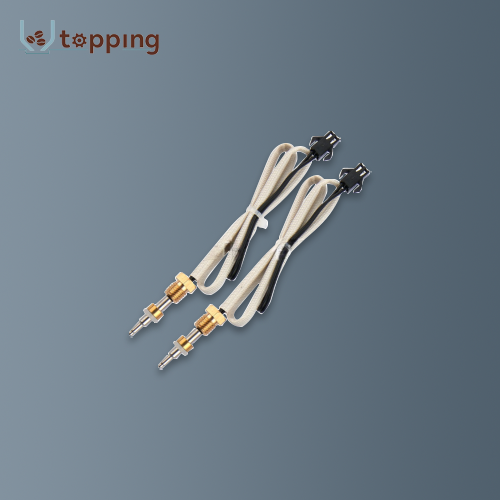
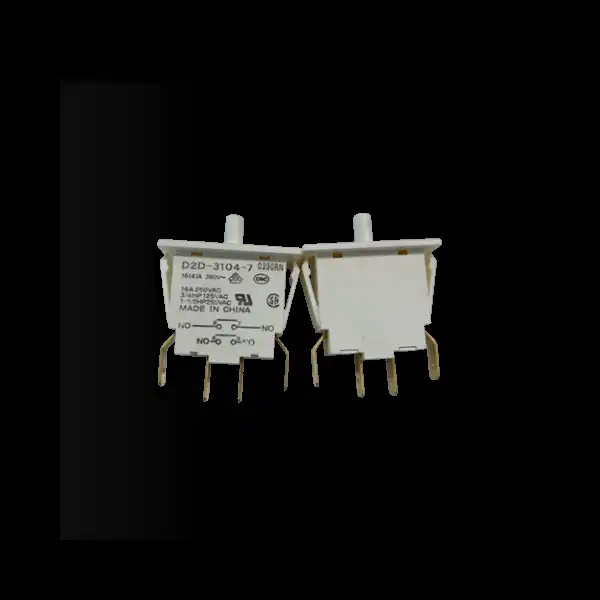
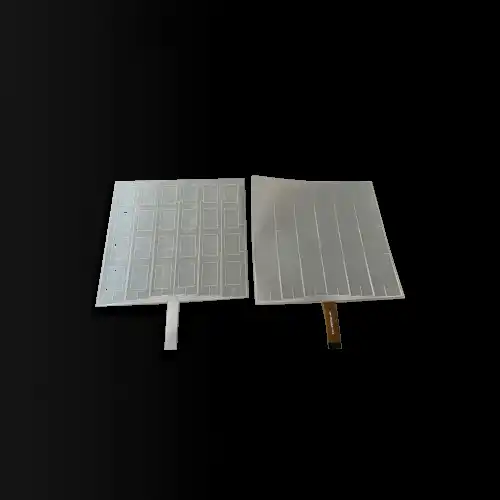
.webp)
